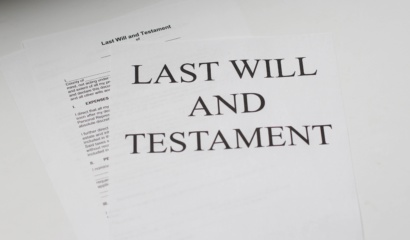Home / Business Legal Lifecycle / Litigation / Debt Recovery
Debt Recovery
Advice On How To Recover Bad Debts
How To Recover Bad Debts
Cash flow is the lifeblood of any business. Often businesses are crippled when they are owed large sums of money by clients that are either slow to make payments or refuse to pay the debt altogether. When a business reaches this debt recovery, it is imperative that the business has policies and procedures in place to recover those debts efficiently. The debt recovery process can either be undertaken internally or outsourced to a debt collection agency or lawyer. Whichever method you choose, it is important that you set clearly defined payment terms to ensure that your cash flow is maintained at a level sufficient to allow you to operate your business.
Generally, debt recovery is something that happens before litigation, which should only be used as a last resort option. Before beginning any debt recovery action, you must ensure that you are not spending more money than you are going to recover.
In dealing with any bad debt, it is important that a business owner or their employees:
- Knows all of the details about the person that owes the money to the business
- Approaches the debtor with confidence
- Are always business-like and courteous when dealing with a debtor
- Listen carefully and adapt their approach accordingly
- Convey a sense of urgency in setting deadlines for payments
- Be calm and cheerful no matter how rude the debtor may become
- Make sure the debtor knows you want a fair outcome
By following these simple guidelines, you will show the debtor that you are serious about collecting the debt. Becoming aggressive and rude will only escalate any conflict between the parties and it is unlikely to result in a favourable resolution.
Debt recovery is vitally important for any business. If you choose to appoint a third party to collect the debt on your behalf, it is important that you choose the right debt collection agent. In doing so, you should ensure that the agent is properly registered and complies with any prescribed laws that may restrict their practices. If you choose to collect your own debts, there are a variety of processes freely available on the internet. You should have your processes reviewed by your lawyer to ensure that you are complying with all applicable laws.
From the Case Files
An example of where these procedures and a strict compliance worked was a large law firm that had approximately 120 employees and an annual turnover close to $10 million per year. They had significant debtors owing in excess of $1 million across a number of clients. The law firm did not have a debt collection policy; rather they had a policy whereby each solicitor was responsible for chasing up their own debts. Unfortunately, for the law firm, the solicitors never had time to chase debts as they were too busy working on the next case. The firm decided to implement a strict debt collection strategy and procedure. They followed the procedures and the law firm was able to ensure that they had no bad debts owing for more than 30 days. The advantage for the firm was that they had instantly increased operating cash flow which allowed the owners to take a greater profit from the business.
Interested In Discovering Your Legal Risks?
FAQs
Have an Enquiry?






